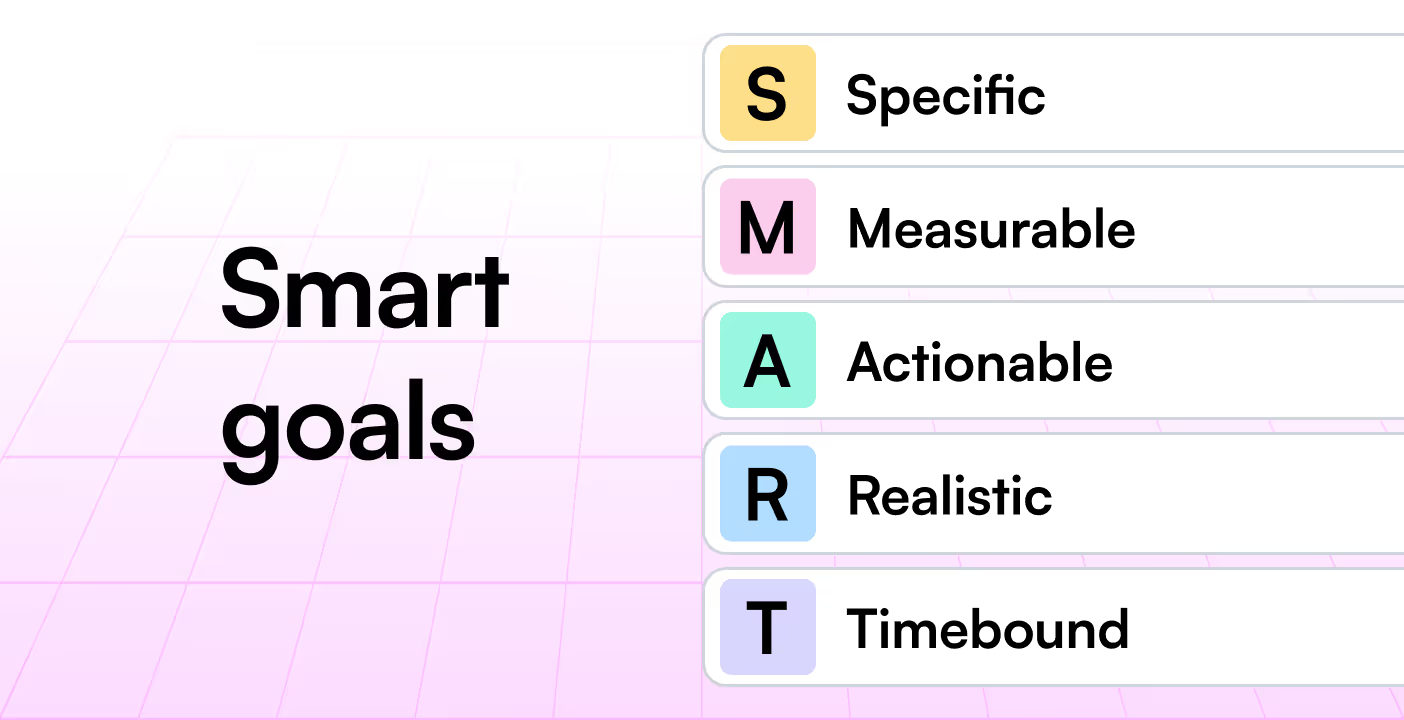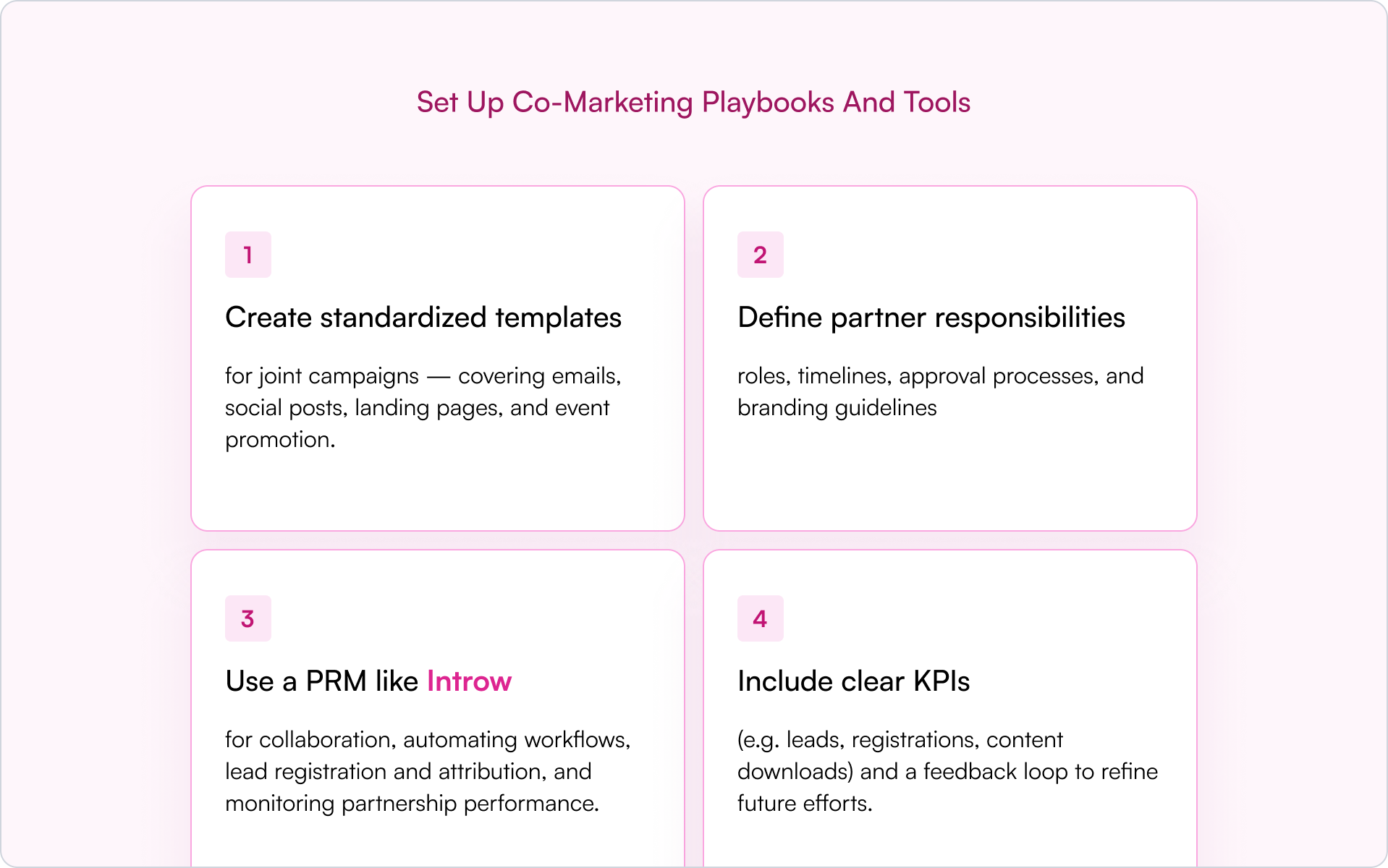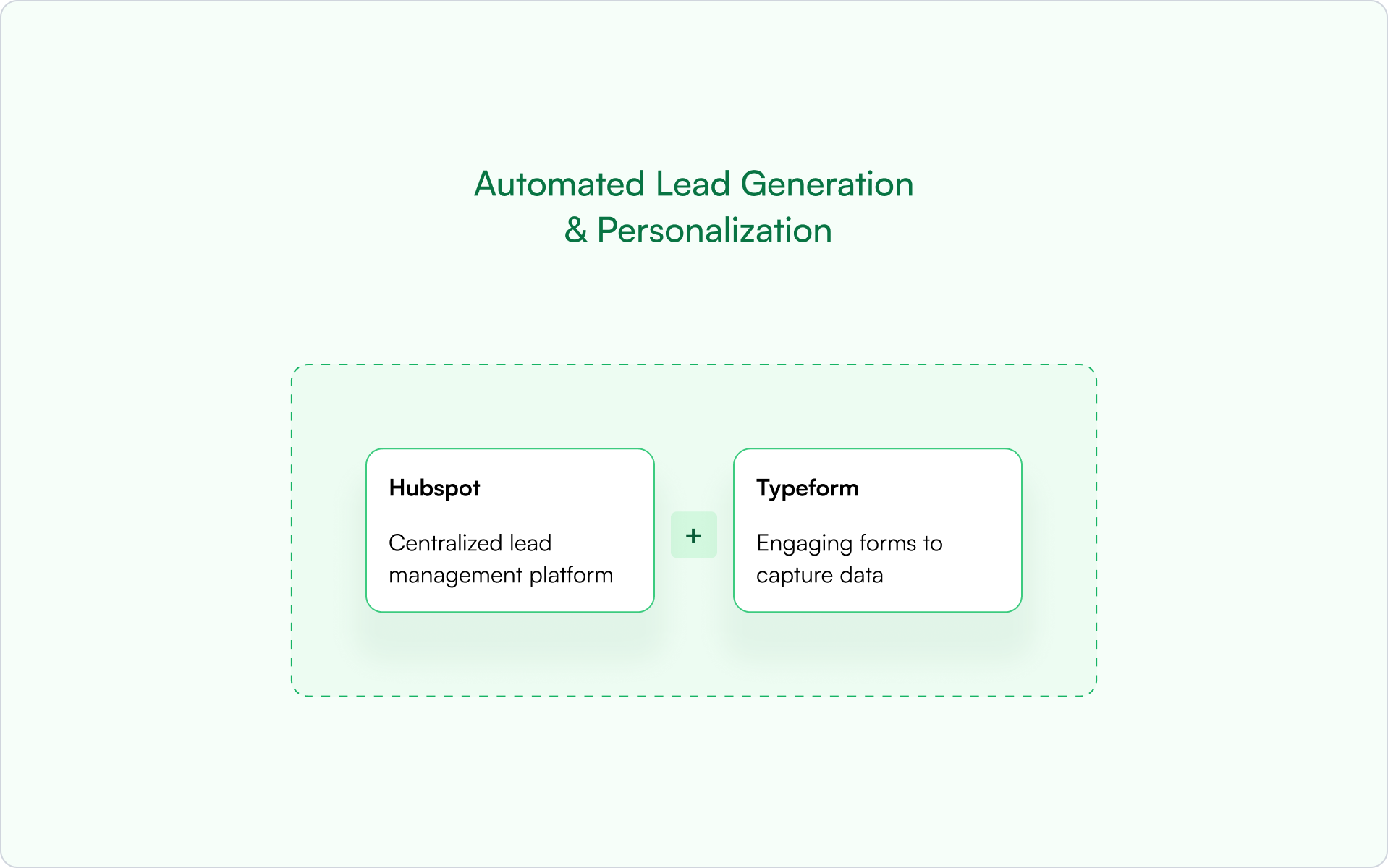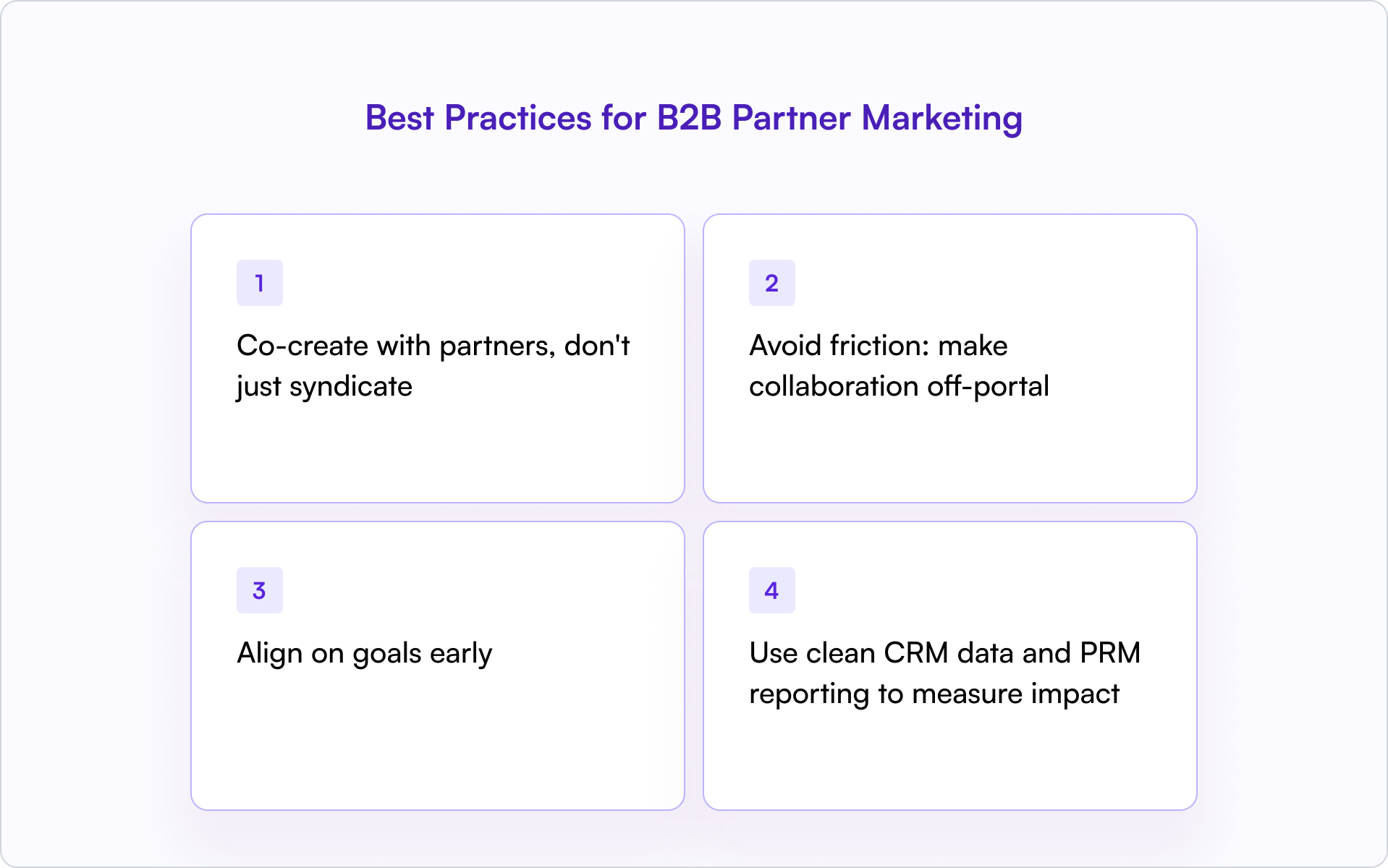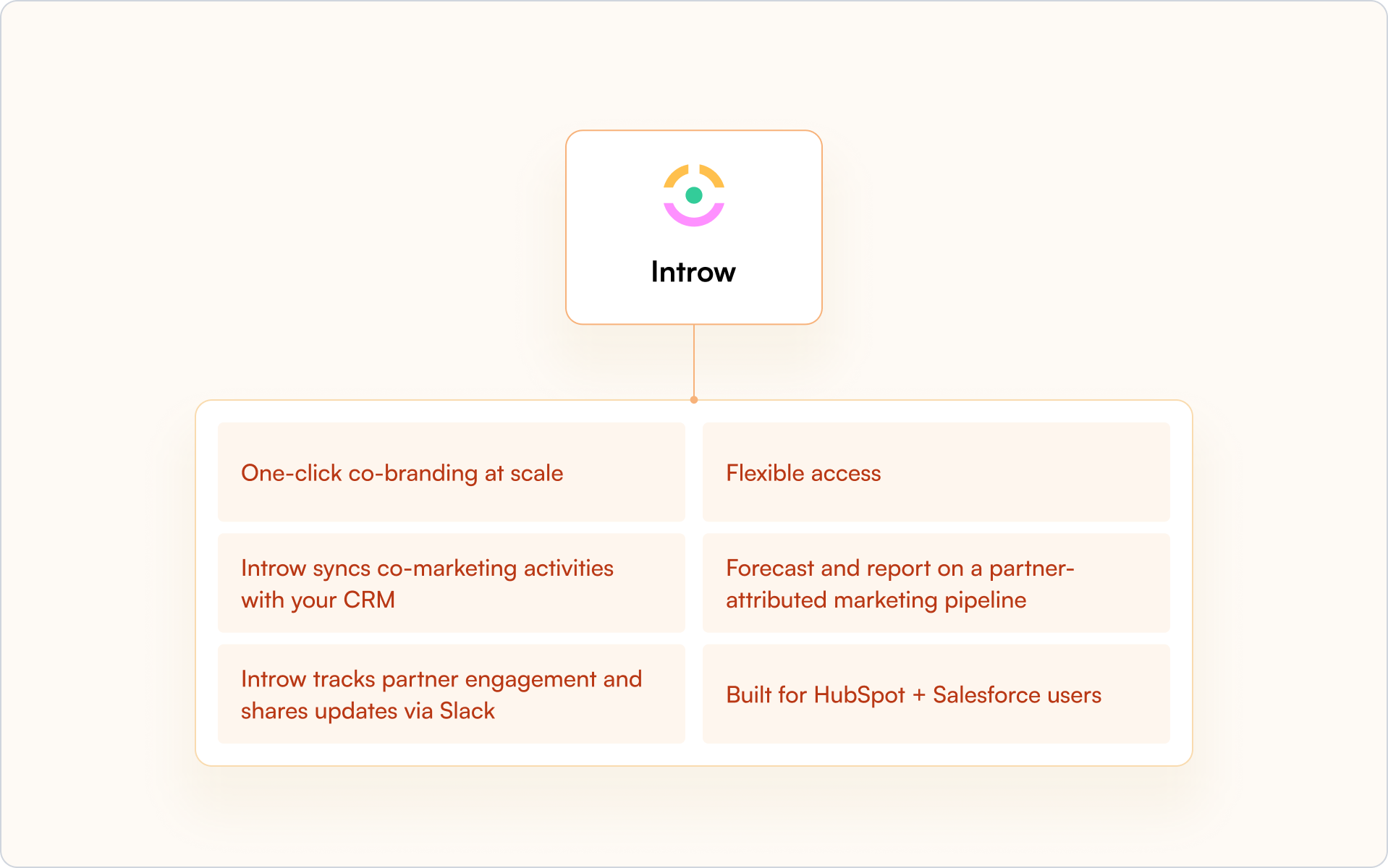Most B2B companies hit a ceiling because they rely solely on direct sales. But growth doesn’t have to be a solo mission. The fastest path to revenue? Co-selling.
A co-selling strategy brings together two or more companies to reach new markets, shorten the sales cycle, and close more deals — faster. It’s not just about splitting commissions; it’s about aligning with the right co-selling partners to deliver more comprehensive solutions to potential customers.
This guide breaks down what co-selling is, how to build a successful co-selling partnership, and why aligning your sales team with a partner team unlocks game-changing co-sell opportunities.
If your sales reps are tired of chasing cold leads alone, it’s time to think bigger. Build a co-selling program, empower your sales process with partner intelligence, and see what happens when your co-selling efforts are structured for scale — not luck.
What Is Co-Selling and Why It Works
Co-selling is a B2B sales approach where two or more companies work together to jointly position, promote, and sell complementary solutions to a shared target market.
Unlike traditional reseller models or B2B SaaS partnerships, co-selling partners collaborate actively throughout the entire sales process — from account mapping to opportunity engagement, to closing.
The goal? Shorten the sales cycle, expand reach, and deliver a joint solution that creates more value than either company could on its own.
A well-structured co-selling program isn't just about generating leads. It's about aligning sales teams, sharing deal intelligence, and creating a seamless experience for potential customers. When executed correctly, a co-selling partnership can unlock deeper customer relationships, improved win rates, and long-term revenue growth.
So how does it actually work in practice?
Inside the Co-Selling Process: How It Works
At its core, co-selling is all about alignment — across systems, teams, and incentives. Whether you’re running a formal co-selling program or experimenting with an ad hoc co-selling motion, success comes down to shared intent and execution.
Here’s what a typical co-selling process looks like:
- Identifying complementary solutions that solve adjacent pain points
- Mapping accounts to uncover overlap and co-sell opportunities
- Activating sales teams on both sides to co-engage prospects
- Tracking co-selling activities across CRM and partner tools
- Maintaining consistent communication to keep both teams aligned
This level of collaboration between two sales teams requires coordination, visibility, and trust. That’s why the most effective co-selling partnerships are built on clear agreements and repeatable workflows.
Co-Selling Agreements: Setting the Rules for Collaboration
To avoid confusion and misalignment, leading companies establish a co-selling agreement — a formal, legally binding contract that defines how the co-selling partnership will operate.
A co-selling agreement outlines critical components of your co-selling process, including:
- Roles and responsibilities across both sales teams
- Lead sharing and deal registration procedures
- Incentive structures and commission splits
- Rules for customer ownership and contract management
- Guidelines for co-marketing plans, communication, and escalation paths
In short, it clarifies who owns what, who does what, and how both parties benefit — paving the way for a successful co-selling relationship.
Now let’s take a look at real-world examples that show how co-selling partners put this into action.
Real-World Co-Selling Examples and Strategies
Now that we’ve covered what co-selling is and how it works, let’s look at real-world examples that show how co-selling partners create value through collaboration.
Each example highlights a key type of co-selling activity that helps expand reach, improve the sales process, and increase adoption through joint effort.
1. Identifying Complementary Co-Selling Solutions
Co-selling works best when the products or services naturally complement each other—creating a more compelling value proposition for sales teams and potential customers.
Take HubSpot and Introw, for example:
- HubSpot equips sales teams with robust tools for lead management, helping them track, organize, and nurture pipeline more effectively.
- Introw focuses on automated outreach, enabling reps to reach out to shared accounts via personalized emails, timely follow-ups, and Slack nudges — all synced with the CRM.
Since sales reps need both efficient lead tracking and high-volume outreach, these two companies form a strong co-selling partnership to jointly offer a more complete solution. It’s a classic example of combining capabilities to strengthen the entire sales process.
Another example? Dropbox and HelloSign:
These tools are bundled into a single workflow where users can store, access, and sign documents in one place. By solving multiple pain points in a single motion, co-selling partners reduce complexity, drive adoption, and improve retention.
2. Integrating the Products (Optional, But Powerful)
When co-selling partners go a step further and integrate their products, the value of the joint solution multiplies.
Consider Slack and Zoom. Their integration allows users to start video calls directly from Slack — removing friction and improving daily workflow for marketing teams, customer success, and sales teams alike.
This kind of product alignment boosts stickiness, enhances user engagement, and makes the co-selling relationship feel like a natural fit — not a bolt-on. Integrated experiences are key to delivering more comprehensive solutions and building deeper customer relationships.
3. Aligning Sales and Marketing Teams for Co-Marketing Success
A successful co-selling strategy depends not just on product synergy, but on team alignment.
For example, in the Slack + Zoom model, both companies' sales teams and marketing teams co-develop messaging, plan co-marketing campaigns, and execute coordinated outreach to potential customers. The result? Clearer communication, faster execution, and a stronger pipeline.
When both sales teams are on the same page, co-engagement feels seamless — and prospects experience a unified, high-value solution.
4. Leveraging Partner Ecosystems for Co-Sell Opportunities
Cloud marketplaces like AWS, Microsoft Azure, and Google Cloud offer built-in trust and exposure—making them perfect launchpads for co-selling programs.
For example, a security SaaS vendor participating in the AWS Marketplace can co-sell with AWS, positioning their product as “AWS-optimized” and immediately gaining access to larger enterprise deals.
By tapping into the marketplace’s partner ecosystem, vendors eliminate friction in the sales cycle, reduce procurement hurdles, and access co-sell opportunities that would be difficult to close via direct sales teams alone.
Each of these examples shows how a thoughtful co-selling program can deliver more than just pipeline — it creates leverage, trust, and sales enablement across every touchpoint.
Next, we’ll look at how co-selling compares to reselling, and why understanding the distinction matters for long-term partner strategy.
Co-Selling vs. Reselling: Understanding the Strategic Difference
As you build out your co-selling strategy, it’s important to understand how it differs from reselling—especially when aligning your sales team, setting expectations with co-selling partners, and structuring your co-selling program for scale.
While both approaches involve multiple companies working together to drive revenue, the key distinction lies in ownership of the deal and relationship with the customer.
- In a co-selling partnership, each company contributes to the sales process, but the original vendor retains ownership of the customer and contract. The value comes from mutual sales efforts, faster deal velocity, and the ability to reach new markets together.
- In a reseller model, one company purchases your product (often at a discount) and resells it independently. You may get the deal, but you lose visibility, control, and direct contact with the potential customers.
Understanding this distinction is critical as you build your co-selling program, prioritize co-sell opportunities, and design effective incentive models for your sales reps and partner team.
Here’s a side-by-side breakdown to make the difference crystal clear:
Whether you choose co-selling, reselling, or a hybrid of both, understanding the mechanics of each model is key to avoiding misalignment—and unlocking the true benefits of co-selling.
Why Co-Selling Matters More Than Ever
As B2B sales cycles grow longer and buyers get harder to reach, co-selling has become more than a strategy — it’s a competitive advantage.
According to ZDNet, 84% of sales professionals say partner selling impacts revenue more today than it did just a year ago. And nearly 9 out of 10 sales teams are already engaging in some form of co-selling.
For SaaS companies looking to scale faster, break into new markets, and build deeper customer relationships, a structured co-selling program isn’t optional — it’s essential.
That’s why leading B2B teams are investing in the right systems — to make co-selling repeatable, visible, and scalable.
How to Run a Scalable Co-Selling Program with PRM Software
Running a co-selling program at scale isn’t about working harder — it’s about working smarter. That’s where PRM (Partner Relationship Management) software comes in.
A modern PRM platform helps co-selling partners align across teams, systems, and workflows — enabling faster execution, stronger sales enablement, and greater co-sell opportunities.
But not all PRMs are built for how today’s SaaS companies sell.
Enter Introw: CRM-First, Partner-Ready
Introw is purpose-built to streamline the entire co-selling process — from deal registration and account mapping to partner engagement and performance tracking — all inside the tools your sales team already uses (like Salesforce or HubSpot).
Here’s how you can run a successful co-selling program with Introw:
1. Define Clear Co-Selling Objectives
Before launching into activity, define what success looks like.
- Are you entering new markets?
- Targeting a shared target market?
- Trying to shorten the sales cycle?
- Aligning around partner sourced deals?
With Introw, you can build structured co-sell motions from the start — tracking success by CRM stage, partner type, and target account segment.
Pro tip: Start with account mapping using Crossbeam and Introw to surface mutual customers or warm intro paths.
2. Identify & Onboard the Right Partners
Not every company is a fit for co-selling — focus on those with a natural joint solution, adjacent ICP, and a motivated partner team.
Once identified, Introw makes onboarding painless:
- No logins required
- Partner-friendly deal forms
- Slack + email notifications
- Full sync with your CRM
This allows your co-selling partners to contribute without friction — and your sales reps stay focused on deals, not admin.
3. Streamline Deal Registration & Account Mapping
This is where most co-selling efforts fall apart: misalignment around who’s working what, and no central system to track it.
With Introw:
- Partners register deals via simple forms linked directly to your CRM
- All mapped accounts are visible and actionable by your sales team
- Auto-tagged, auto-synced — no more chasing down updates
Bonus: Get Slack nudges when a new deal is registered or a mapped account is touched, so your sales process stays proactive.
4. Track Performance & Automate Feedback Loops
A successful co-selling relationship thrives on visibility and iteration.
Introw gives you shared dashboards across both teams — tracking:
- Partner activity across deals, accounts, and emails
- Win rates and sales velocity
- Top-performing co-selling partners
- Campaign performance from co-marketing plans
This isn’t just helpful for RevOps — it empowers sales teams, partner managers, and leadership to see where the revenue is really coming from.
5. Enable Real-Time Communication & Collaboration
Speed matters. With Introw, your co-selling activities move fast and stay aligned:
- Chat with partners in Slack or via email (no login required)
- Share pitch decks, proposals, or videos via integrated doc-sharing
- Trigger Slack or email notifications when key actions are taken (e.g. deal registered, task assigned, doc opened)
Think of it as the connective tissue that keeps your two sales teams on the same page — even across orgs.
6. Incentivize and Optimize
Co-selling isn’t a one-and-done motion — it’s a growth engine.
Use Introw to:
- Set up custom incentives tied to partner performance
- Monitor partner-driven revenue by segment or region
- Run A/B tests on co-selling offers, outreach styles, or co-marketing campaigns
By turning every co-sell opportunity into structured data, Introw lets you double down on what works — and sunset what doesn’t.
Why Introw Makes Co-Selling Scalable
Co-selling requires precision, process, and trust. Introw delivers:
- CRM-first workflows (Salesforce & HubSpot)
- Slack and email-native partner comms
- Real-time dashboards and deal insights
- No login friction for partners
- Built-in co-sell motion templates
- Custom workflows by partner type (reseller, referral, MSP, etc.)
Whether you're working with 5 partners or 500, Introw helps you launch, run, and scale a co-selling program that drives real revenue — without burning out your sales team or partner ops.
Ready to Turn Co-Selling Into a Scalable Revenue Engine?
You’ve built a great product. Your sales team is putting in the work. But growth still feels slower than it should — because you’re doing it alone.
The companies scaling fastest right now aren’t just selling — they’re co-selling. They’re tapping into partner ecosystems, collaborating across two sales teams, and unlocking warm intros that never would’ve come from cold outreach.
The difference? They’re not running their co-selling efforts on spreadsheets and hope. They’re using Introw.
Introw gives you everything you need to turn your co-selling program into a repeatable revenue machine:
- Seamless Salesforce and HubSpot integration
- Slack and email-native workflows — no logins needed
- Real-time dashboards across partners, deals, and accounts
- Built-in guardrails for RevOps, CROs, and partner managers alike
No friction. No guesswork. Just faster, smarter revenue — driven by aligned teams and trusted partners.
Stop relying on luck. Start co-selling with intention.
Book your Introw demo and see how today’s top SaaS companies are building scalable, partner-powered pipelines.
What are the key benefits of co-selling compared to direct sales?
Co-selling allows your sales team to leverage trusted relationships and shared resources with partners to shorten the sales cycle, increase conversion rates, and enter new markets faster than relying solely on direct sales efforts. It also enables access to co-sell opportunities that would be difficult to win alone.
How do I align my partner's sales team with ours during a co-selling motion?
Successful co-selling requires your team and the partner’s sales team to be on the same page. This means sharing goals, mapping accounts, and using tools like PRM software to coordinate co-selling activities. Mutual alignment is critical for delivering a consistent message and managing the sales process efficiently.
What makes a co-selling relationship successful in the tech industry?
In the tech industry, a successful co-selling relationship is built on mutual value, clean CRM data, and an integrated go-to-market plan. When two sales teams collaborate with clarity—backed by shared dashboards, aligned messaging, and co-marketing plans—they’re more likely to close deals and deliver a strong joint solution to potential customers.
Can co-selling work without a formal partner program?
Yes, but it’s harder to scale. Some companies start with ad hoc co-selling, but lack the structure to turn it into a repeatable revenue engine. A formal partner program with clearly defined workflows, incentives, and onboarding processes helps move from one-off wins to a predictable co-selling strategy.
What does co-selling require from a partner team?
A committed partner team is essential. Effective co-selling requires time, trust, and alignment. Your partner should contribute to co-selling efforts, collaborate on co-marketing, and be willing to co-develop messaging and campaigns. Without this, it’s tough to maintain momentum or realize the full benefits of co-selling.


.svg)



















